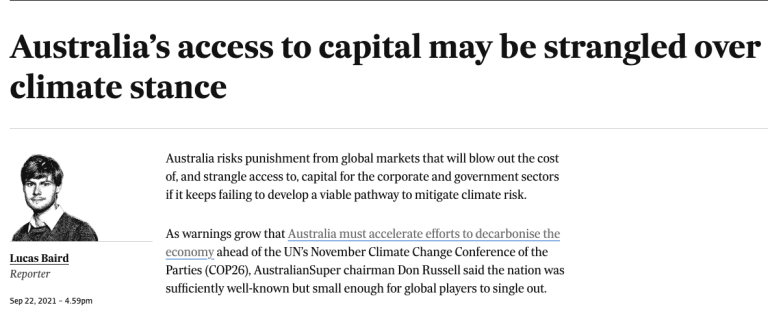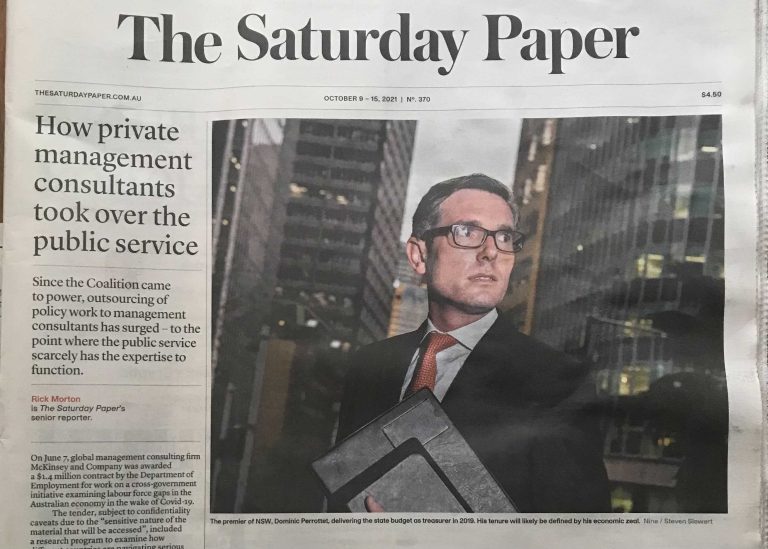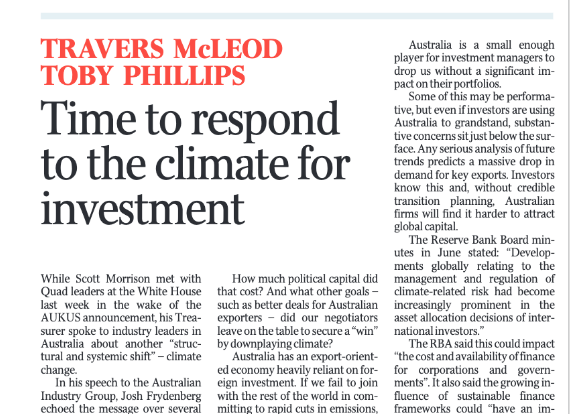Published in The Age, 30 April 2021
Watching the fourth – and best – AFL women’s grand final two weeks ago, I felt a penny drop.
Sun beamed on a legion of game-changer footballers in Adelaide, and I was struck by what felt like a perfect analogy: translating the story of seeking equality for women in the upcoming federal budget.
A career kicking goals under a floodlit MCG was never for me. Frankly, it was not an option. I am a woman, so the opportunity did not exist.
Women had been playing organised football for more than 100 years before the AFL launched the women’s league we know today as AFLW.
Today, young women growing up across Australia can pursue professional football careers. They can see themselves on the field: powerful, proud and capable of anything.
Ask many men about what AFLW has brought to the game, and most will describe it as the smartest innovation of the past century. Many of the seasoned commentators marvel at how unimaginable footy would be without AFLW. Others reflect on the missed opportunities of not starting many years earlier.
I was the first woman to join the AFL Commission, and alongside our then chairman Mike Fitzpatrick, fellow commissioners and executives, was among the proud cohort to oversee the birth of AFLW.
I think back to the vision and guts of those who made the decision to invest seriously in a women’s league. I think about the pioneering clubs that sought licences. I think about visionary people who battled the doubters – indeed the denigrators – and the risk-averse. And I think about the pioneering women players who had to wait decades for this respect, and inclusion.
Investing meaningfully in women and girls as footballers has improved, enriched and enlivened the institution of the AFL. The sheer reach of the game has never been so broad, and the fervency of fans has never been more intense.
We stand at a similar moment for the economic inclusion and safety of women in Australian life.
Just as unusual allies came together to call for a women’s league – a case that was grounded in calls for respect, inclusion, and allowing potential to shine – this week the Business Council of Australia, the Australian Council of Trade Unions, Chief Executive Women, The ParentHood, GoodStart Early Learning and women’s rights advocate Wendy McCarthy, stood together in support of respect for Australian women in this year’s budget.
This budget presents an extraordinary opportunity to make smart investments that remove structural barriers for women who wish to fully participate in the paid workforce and to unlock greater productivity in the Australian economy.
Today, millions of Australian women face economic, social and legislative hurdles that prevent them from reaching their goals and, in the process, making Australia stronger.
What does a budget focused on women to drive the economy look like?
The government must ensure Australia’s emergence from the pandemic does not further entrench the inherent disadvantage of women by focusing on the jobs that are traditionally held by men.
Chief Executive Women is advocating to enable women’s workforce participation by investing and reforming access to early childhood education by removing disincentives for secondary earners (including men) like the “per child″ cap. There is an opportunity to consider childcare investment as a big, bold investment to empower Australia’s entire talent pool now and in the future.
Australian women are among the smartest and most educated in the world. We need to unlock the potential of these women, particularly now at a time of low immigration and as we rebuild our economy after the COVID-19 pandemic.
At Chief Executive Women, we believe women must have a seat at the table where the decisions are made. A small step in this direction is reinstating the Women’s Budget Statement, using input from the women’s sector.
We also wholeheartedly support calls for new and adequate funding for domestic, family and sexual violence services, as well as funding for improved prevention of gendered violence.
The greatest risk to the Australian economy and women’s economic inequality is budgetary half measures.
Doing the bare minimum is akin to giving women an AFL ball but making them play a scratch match without light, boots or jumpers.
Given the debate we have been through in recent months about the need for more respect for women across society, this is the opportunity for profound action from the government.
In recent months, Attorney-General Michaelia Cash and Prime Minister Scott Morrison have foreshadowed that extra funding will be allocated to help equalise the participation of women through the budget. Minister for Women Marise Payne has said: “With our recovery, we have an opportunity to build a more flexible, equal economy that includes everyone’s contributions. Given the task ahead, frankly, we can’t afford to not include everyone.“
Rhetoric must be followed by action, investment, funding, legislative change, and engagement with the women’s sector. Otherwise, the symbolic strides recently made will have been for little.
Instead of waiting five or 10 or 20 more years, we can begin to rebalance the scales now. We can give women an opportunity that their mothers, aunts and grandmothers never had.
One-eyed, I’m barracking hard.



